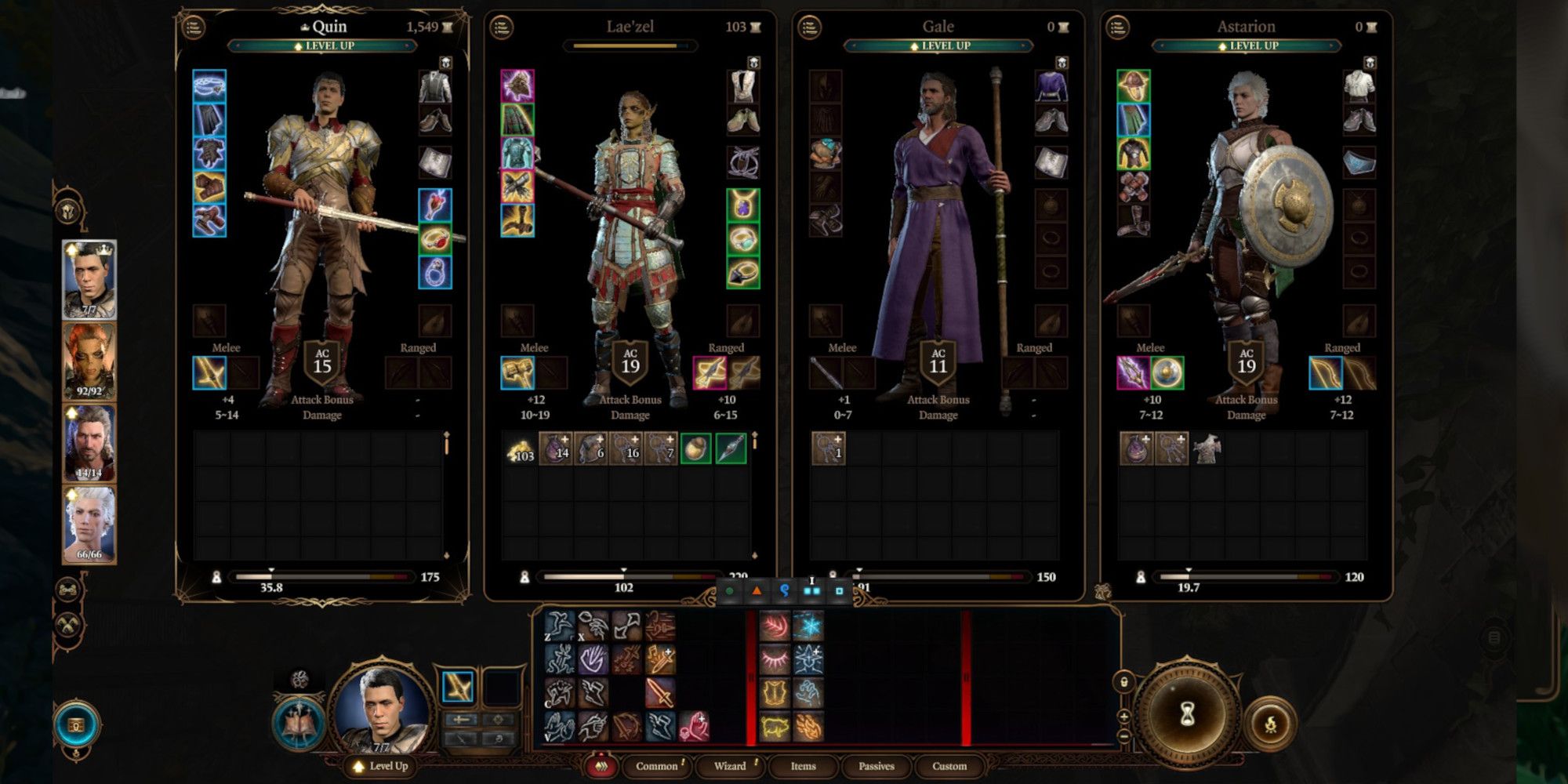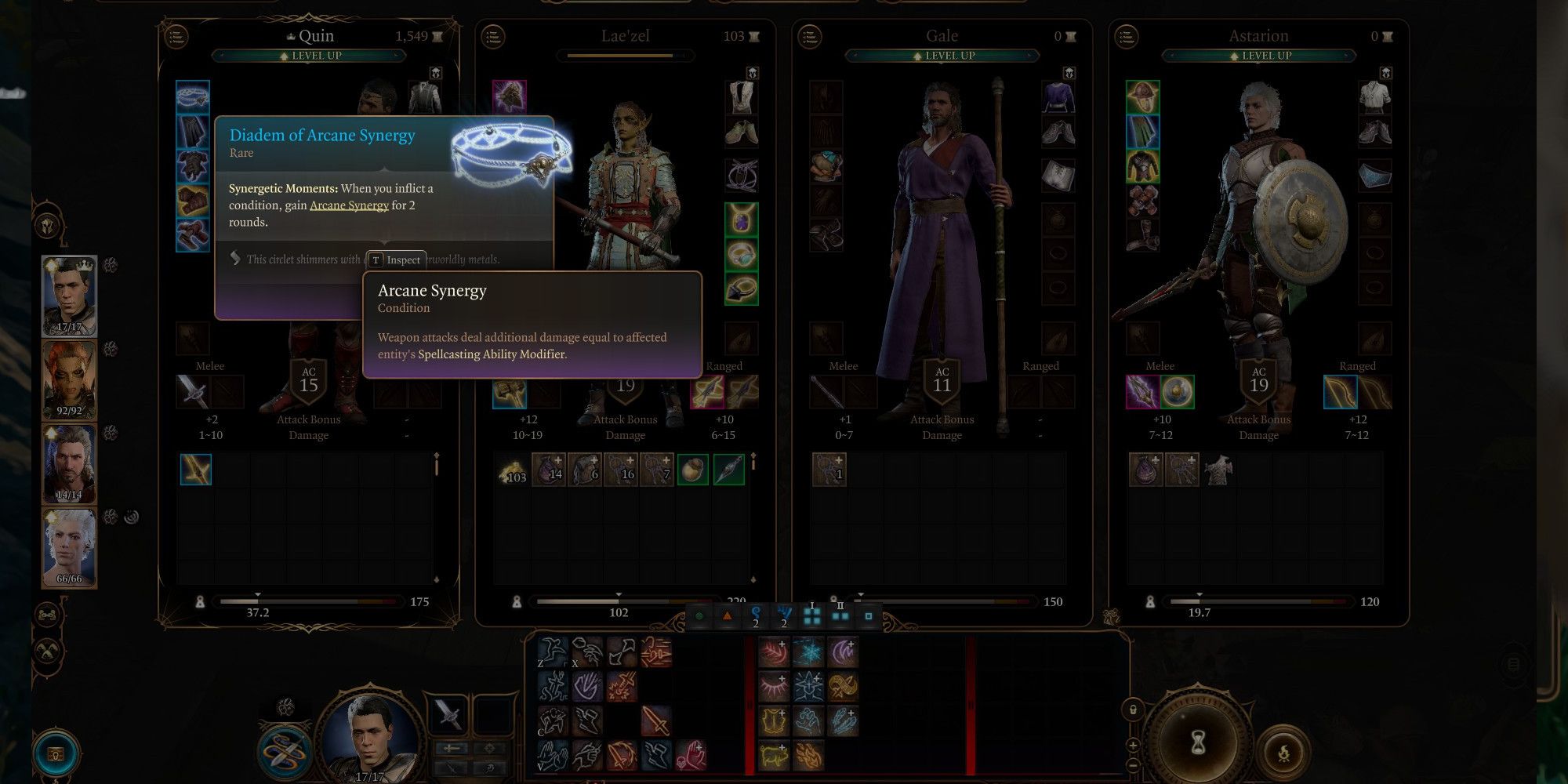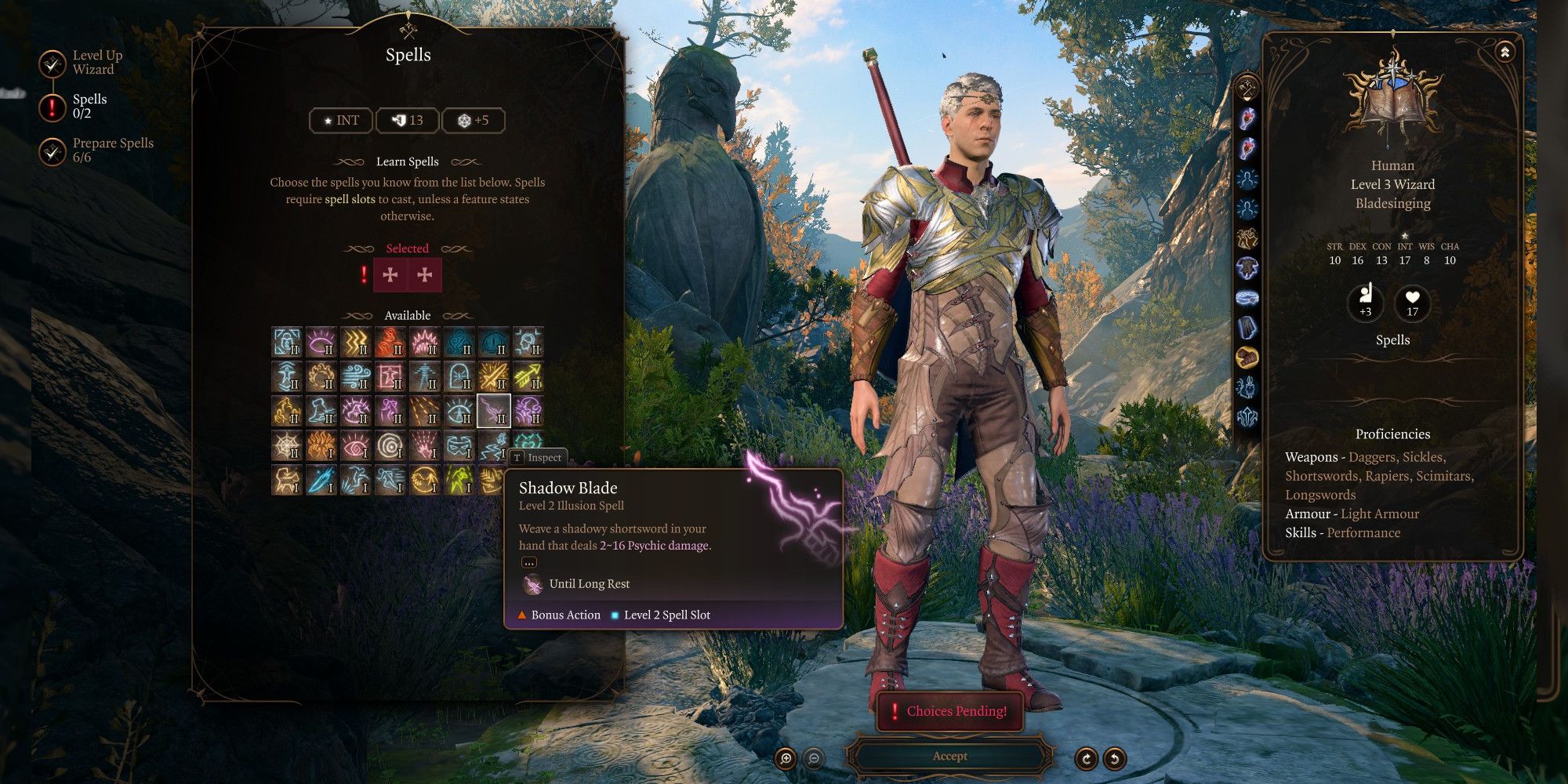Best Bladesinger Build in Baldur’s Gate 3

Quick Links
With the final major update of Baldur’s Gate 3, the Wizard subclass Bladesinger was added to the game (along with an additional subclass for every other class). Sharing some aesthetic similarities with the Warlock’s Hexblade, this subclass has the unusual distinction of being designed to allow a Wizard to engage in melee combat using a sword and light armor.

Related
Baldur’s Gate 3: 10 Tips And Tricks We Wish We Knew Sooner
If you’re new to the fantastically huge RPG that is Baldur’s Gate 3, here are some helpful beginner tips to guide you on your journey.
Subclass Features
A Wizard can choose the Bladesinger subclass at Level 2. Bladesinger, like all other Wizard subclasses, will immediately grant a character some benefits once selected and will provide additional benefits at Level 5, Level 6, Level 9, and Level 10. Beyond losing out on what other subclasses can offer, the subclass has no downsides.
The benefits of Bladesinger are as follows:
-
Level 2: The Bladesinger gains the ability to use Bladesong twice per day. This ability is discussed more in the next subsection. The Bladesinger also gains the following proficiencies through the Training in War and Song passive:
- Armor: Light
- Skills: Performance
- Weapons: Dagger, Longsword, Rapier, Scimitar, Shortsword, Sickle
- Level 5: The Bladesinger gains an additional use of Bladesong, for a total of 3 uses per Long Rest.
- Level 6: The Bladesinger gains the Extra Attack passive, allowing them to make an additional attack with an unarmed strike, weapon attack, and/or throw whenever they use an Action to perform one such attack.
- Level 9: The Bladesinger gains an additional use of Bladesong, for a total of 4 uses per Long Rest.
- Level 10: The Bladesinger gains the Song of Defence Reaction. This allows them to use their Reaction after taking damage whenever Bladesong is active. The character can then expend a spell slot of any level, reducing the damage that character would have taken by 5 per spell level of the expended slot.
Bladesong
Most unique to the Bladesinger is their ability to activate Bladesong, consuming one Bladesong Power charge to activate. This ability can only be activated if the Wizard is wielding a Dagger, Longsword, Rapier, Scimitar, Shortsword, or Sickle and isn’t wearing Medium or Heavy armor. Bladesong grants a number of useful buffs while active, including:
- +2 AC
- +3m Movement Speed
- Advantage in Acrobatics
- +2 to Constitution saving throws
The AC and Constitution saving throw bonus also increases to +3 at Level 5 and +4 at Level 9.
While Bladesong is active, a Wizard can accumulate Bladesong Damage Charges by casting Level 1 or greater spells and Bladesong Healing Charges by making weapon attacks. Charges only build in combat.
At any point, as a Bonus Action, the Wizard can end Bladesong with their Bladesong Climax ability. This allows them to jump into a spot in range, creating an effect radius of 3 m. All charges are then expended, with all enemies in the effect radius taking 1d6 Force damage, plus an additional 1d6 Force damage per Bladesong Damage Charge expended. Allies in the radius are healed 1d6, plus an additional 1d6 per Bladesong Healing Charge expended.
At the time of writing, recastable spells seem to act a bit unpredictably in terms of generating Bladesong Damage Charges, with the community not yet fully sure which recasts generate charges and which don’t. It isn’t entirely clear if some “recast” Actions, like Move Moonbeam, intentionally don’t generate charges or if these exceptions are an oversight.
Building a Strong Bladesinger
Keeping in mind the staggering level of customizability available in Baldur’s Gate 3, there are a few key things one should consider capitalizing on when building a Bladesinger. The most obvious is that it’s important that you’re using Bladesong to good effect; you should almost always be running decent Light Armor and a good Dagger, Longsword, Rapier, Scimitar, Shortsword, and Sickle. Because they can’t activate Bladesong with heavier weapons, a Bladesinger should usually focus on weapons able to use a high Dexterity, as that will also provide an AC bonus.
One weapon available to you relatively early that is worth considering is Phalar Aluve, a magical Longsword available in the Underdark in Act 1. This +1 Longsword grants the wielder an ability that can buff allies in a radius around them or debuff enemies, and it also has the Finesse property (unlike most Longswords), meaning it can take advantage of a high Dexterity bonus. Just keep in mind this is still a Wizard subclass, and you’ll still probably want a high Intelligence score, regardless of build.
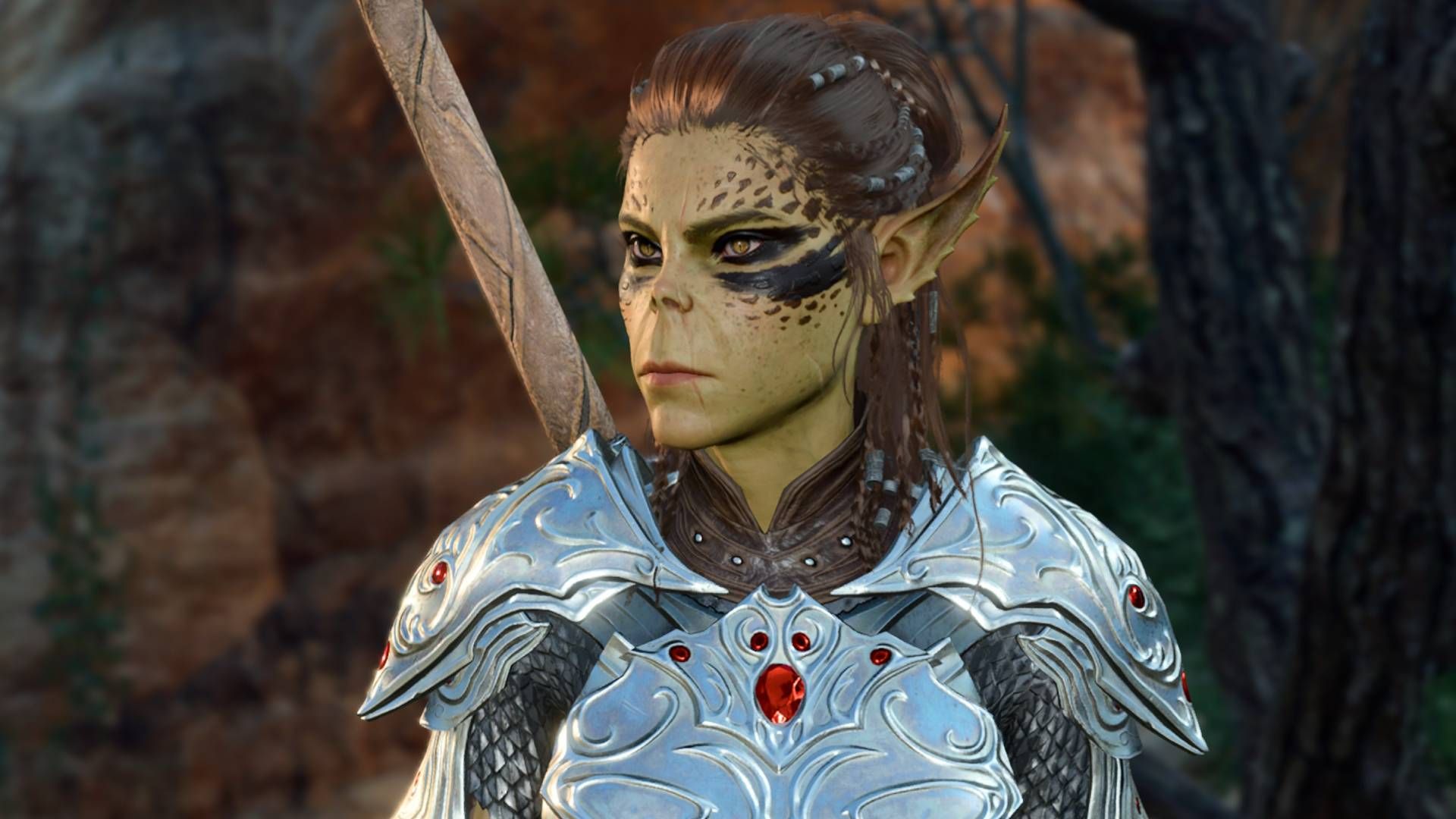
Related
Baldur’s Gate 3: Best Lae’zel Build
Follow along with this guide as we unravel the secrets to harnessing Lae’zal’s full potential, making her an unstoppable force.
The Bladesinger has the potential to boost their Armor Class fairly high (especially for a Wizard) if combining high Dexterity, decent Light Armor, Bladesong, and other magical AC-boosting items. They can also then further make themselves harder to hit with spells like Blur, Mirror Image, and Shield. Layering the right effects can make you temporarily almost impossible for most enemies to hit with attacks that target AC.
In terms of gear, the Bladesinger has quite a few decent options available to them, with the game having far too many items to cover all options here. The Arcane Synergy buff, available relatively early at Crèche Y’llek in Act 1 through the Diadem of Arcane Synergy, can allow you to use your Intelligence bonus to deal more damage with your melee attacks. The Gloves of Dexterity, also available at the Crèche, can boost your Dexterity to 18 with no Attribute investment (and, in fact, wearing these means you can dump your “true” Dexterity score through Withers to boost other useful attributes, like Constitution).
An excellent spell for the Bladesinger is Shadow Blade. This Level 2 spell can be cast as a Bonus Action and creates a magical shortsword that deals 2d8 Psychic damage, plus your Strength or Dexterity bonus, on a hit. It can also be upcast as you progress in levels, dealing 3d8 if summoned with 3rd or 4th Level slot, and 4d8 if summoned with a 5th or 6th Level slot. This summoned weapon lasts until you Long Rest, doesn’t require concentration, and can be equipped and unequipped like a normal item while it is summoned (but it must remain on the caster’s person).
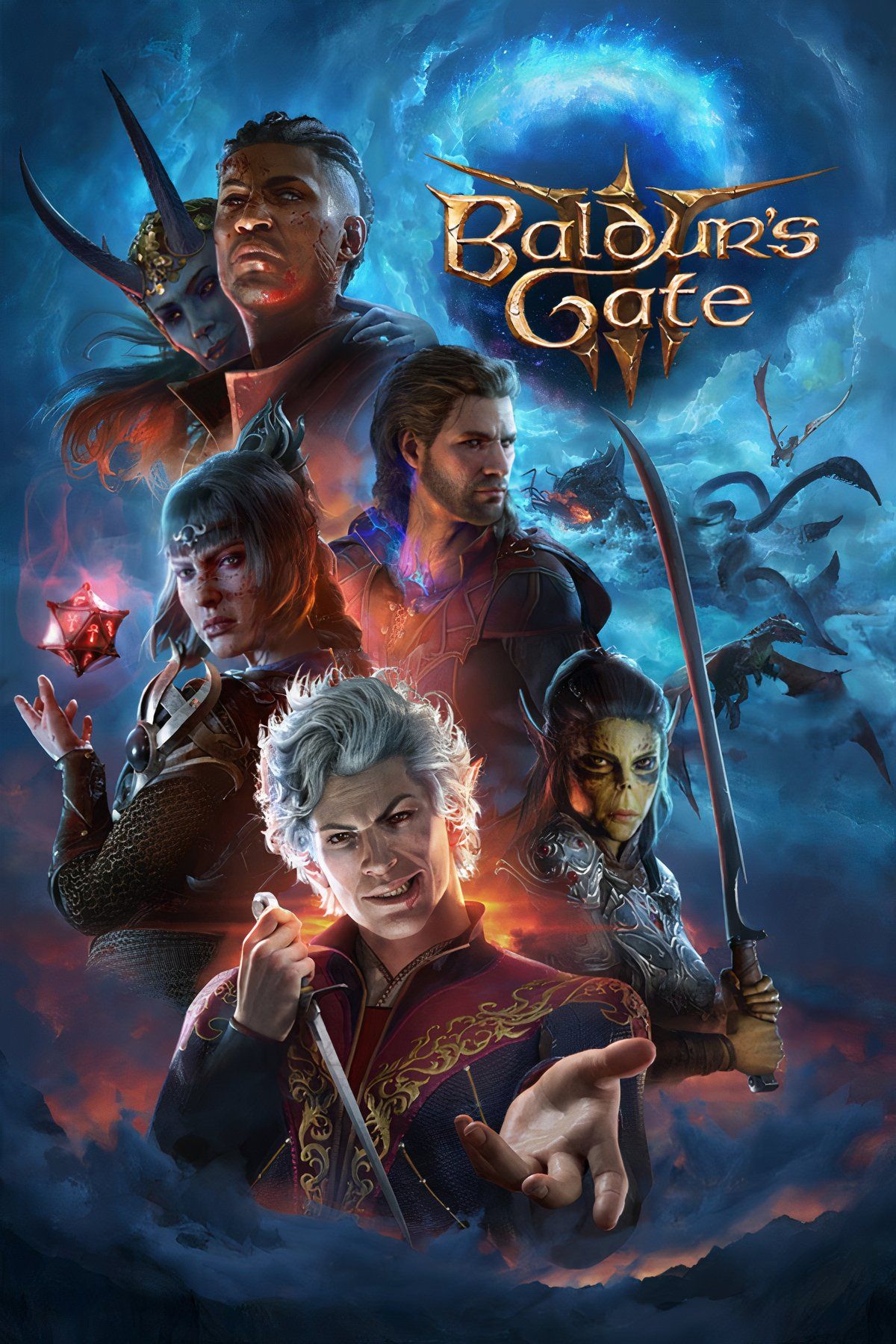
Baldur’s Gate 3
- Released
-
August 3, 2023
- ESRB
-
M for Mature: Blood and Gore, Partial Nudity, Sexual Content, Strong Language, Violence
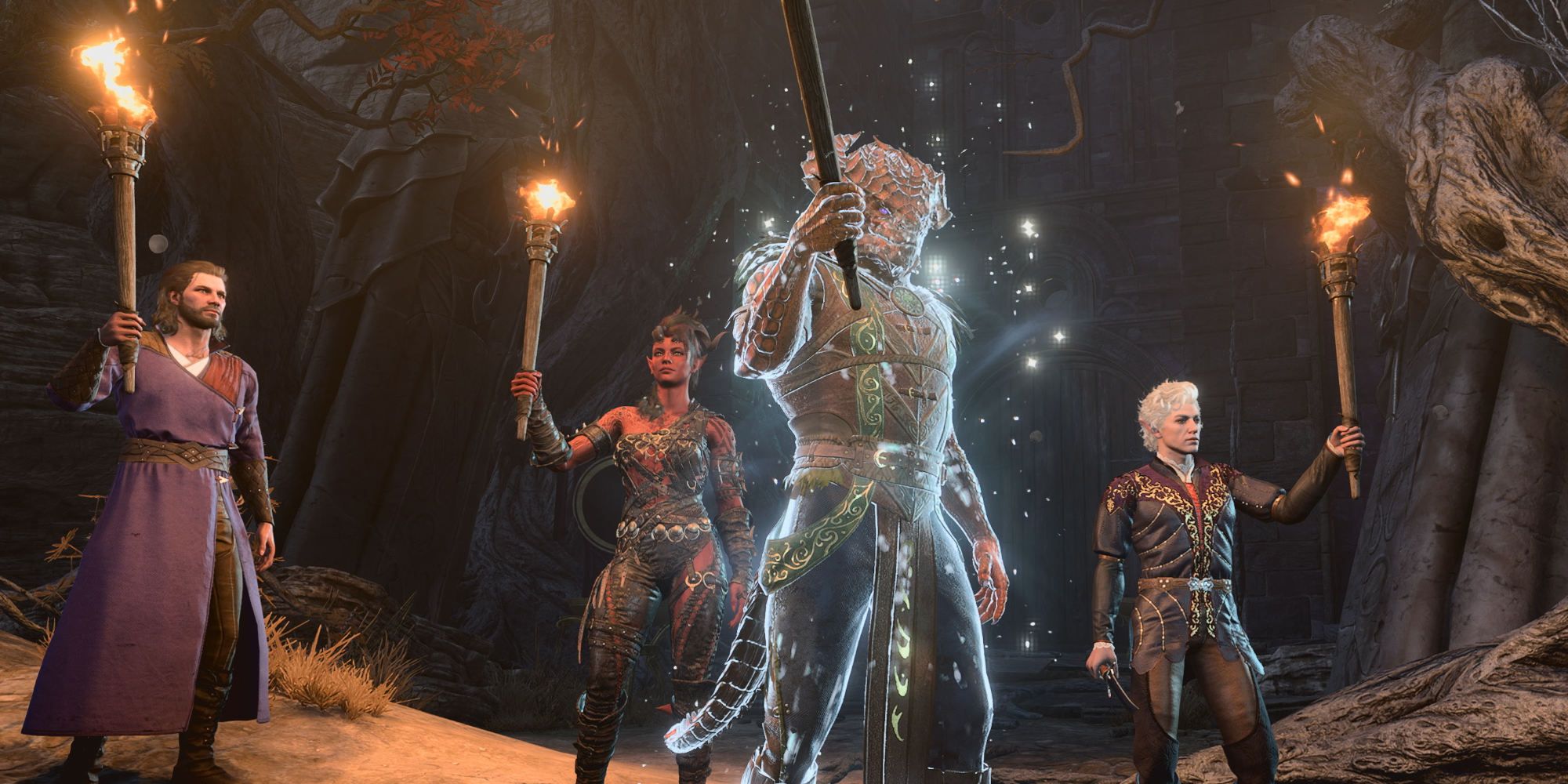
Next
Baldur’s Gate 3 Patch 8 Goes Live, Adds One Last Batch of Major Features
Baldur’s Gate 3 gets its final installment of new content and features as Larian Studios prepares to move on to its next project.

